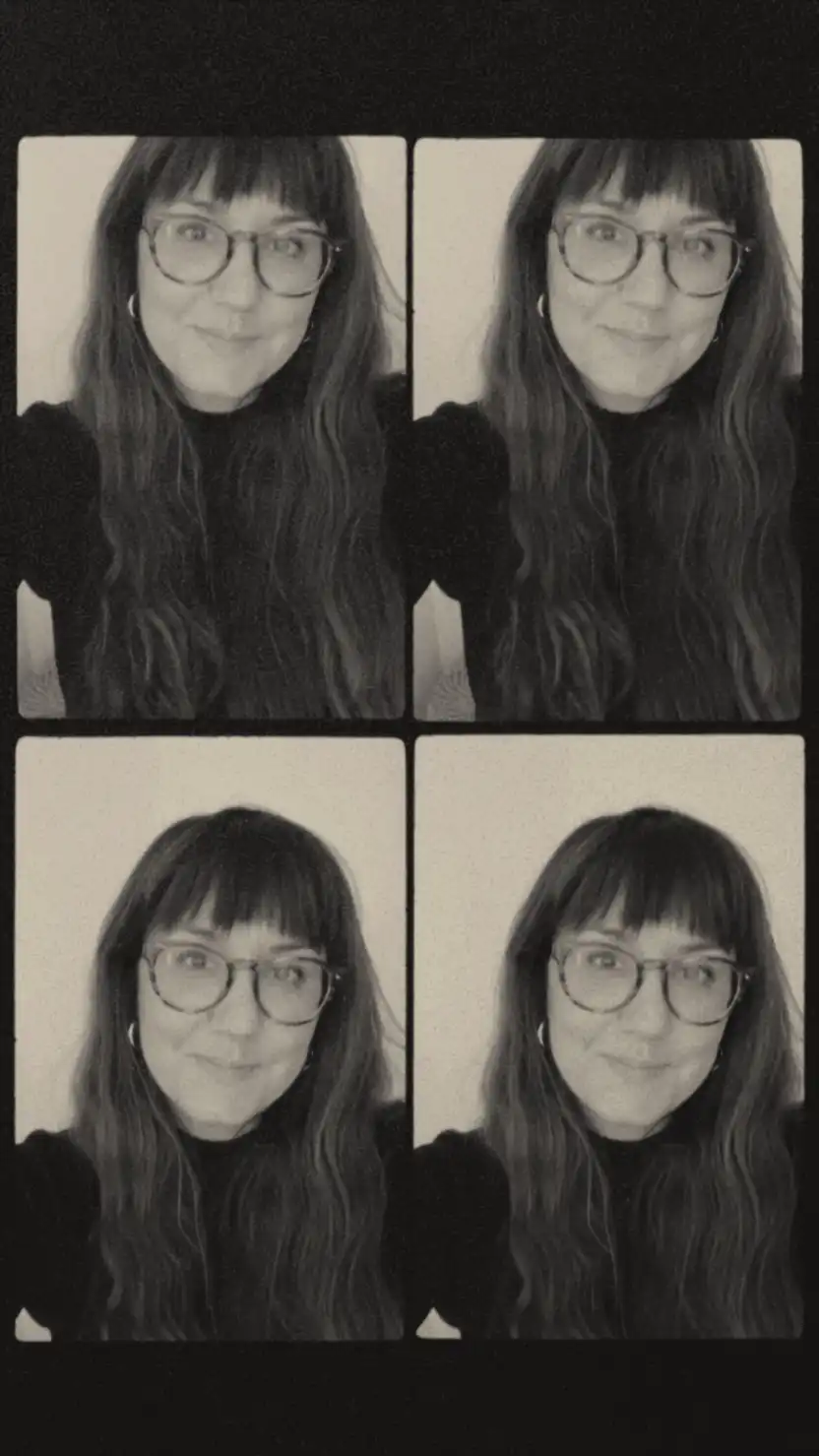What is a Mood Board?
A mood board is a visual presentation that aggregates inspiration and ideas in a cohesive manner to convey a specific style or concept. Often used in design and marketing, mood boards serve as a creative tool to establish the tone, aesthetic direction, and visual language of a project. By compiling images, textures, colors, and typography, mood boards help communicate the desired emotions and atmosphere to clients, team members, or stakeholders, ensuring that there's a shared understanding of the project's vision.
Mood boards are especially valuable in the initial phases of design and branding projects, acting as a reference point that guides decision-making and maintains focus. They are commonly utilized in a variety of fields, including fashion design, interior design, graphic design, and advertising, to name a few.
Key Takeaways
- A mood board is a visual tool for assembling inspiration and ideas to communicate a specific style or concept.
- It helps align the project's vision among clients, team members, and stakeholders during initial phases.
- Serves as a reference point for decision-making throughout a project's development.
- Used across several creative industries, including fashion, interior design, and marketing.
- Enhances creativity by encouraging exploration of different visual elements and themes.
How to Create an Effective Mood Board
Creating an effective mood board involves a strategic approach to collecting and arranging visual elements. Start by identifying the core theme or concept of the project. Gather relevant materials that resonate with the desired style—these could be photographs, fabric samples, color swatches, or digital screenshots. Arranging these elements cohesively involves organizing them in a way that visually tells the story or conveys the mood of the project, ensuring that the board serves its purpose of inspiration and alignment.
Utilize tools such as Adobe Photoshop, Canva, or traditional cut-and-paste methods on a physical board. Keep in mind the importance of clarity and accessibility, ensuring that the mood board communicates the intended feelings and artsy vision efficiently.
Advantages of Using Mood Boards
Mood boards offer numerous advantages, beginning with facilitating communication; they provide a concrete way to express abstract ideas that words alone might struggle to capture. They also foster creativity, allowing team members to collaboratively explore different aesthetics and concepts to discover innovative solutions. Additionally, mood boards can expedite the project approval process because they visually manifest the look and feel of the proposed direction.
For marketers and designers, mood boards assist in staying aligned with brand guidelines and ensuring consistency across various platforms and media. They also serve as an excellent pitch tool for convincing potential clients by showcasing a vivid, thought-out creative direction.
The Bottom Line
Mood boards are a critical element in the creative process for marketers and designers. They encapsulate the essence of a project, providing clarity and inspiration. Whether you're tasked with branding a startup or developing a campaign for an ecommerce brand, crafting a mood board can streamline the journey from conceptualization to realization. By investing in a comprehensive mood board, you enhance communication, promote creativity, and ensure the seamless execution of your projects.
















